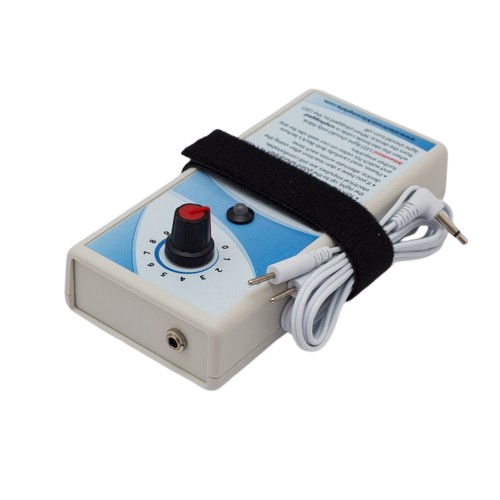Electroconvulsive Therapy (ECT)
Electroconvulsive Therapy (ECT) is a medical procedure used to treat severe psychiatric conditions, such as major depressive disorder, bipolar disorder, and certain forms of schizophrenia. It involves the controlled delivery of electrical currents to the brain to induce a brief seizure. This therapeutic technique is typically administered under general anesthesia, with the patient carefully monitored…
